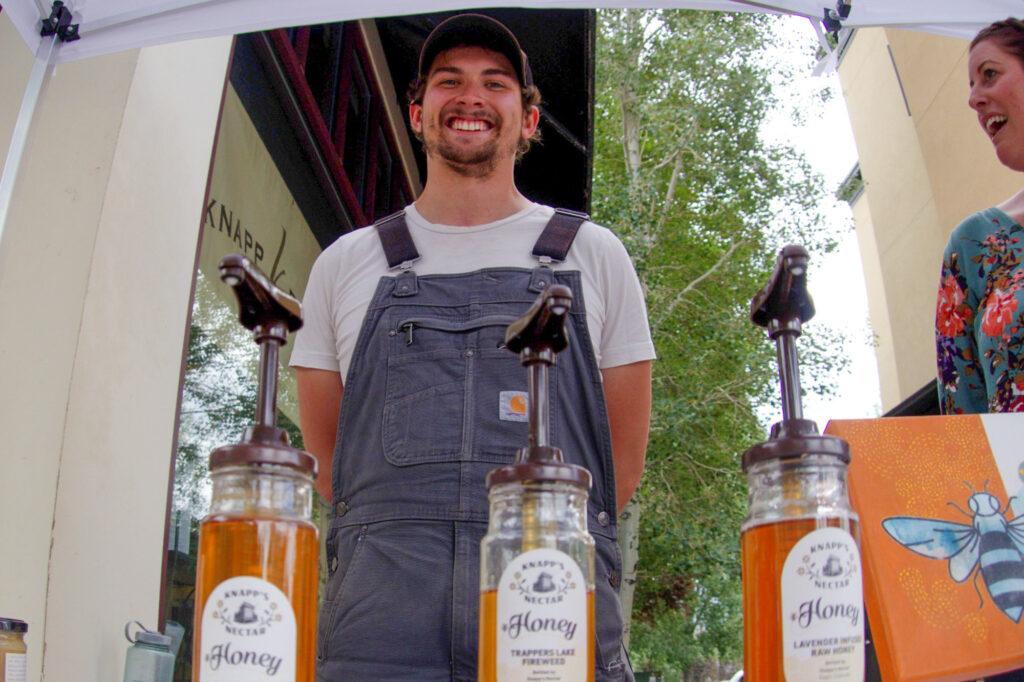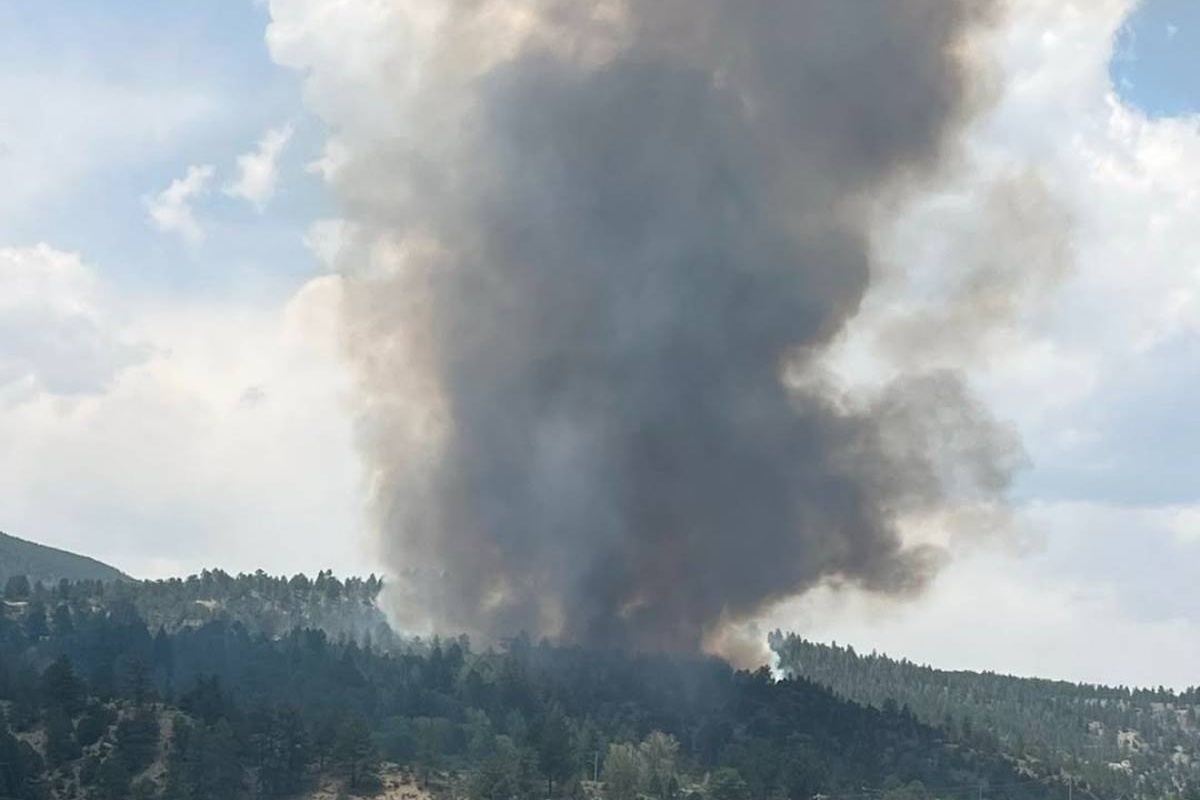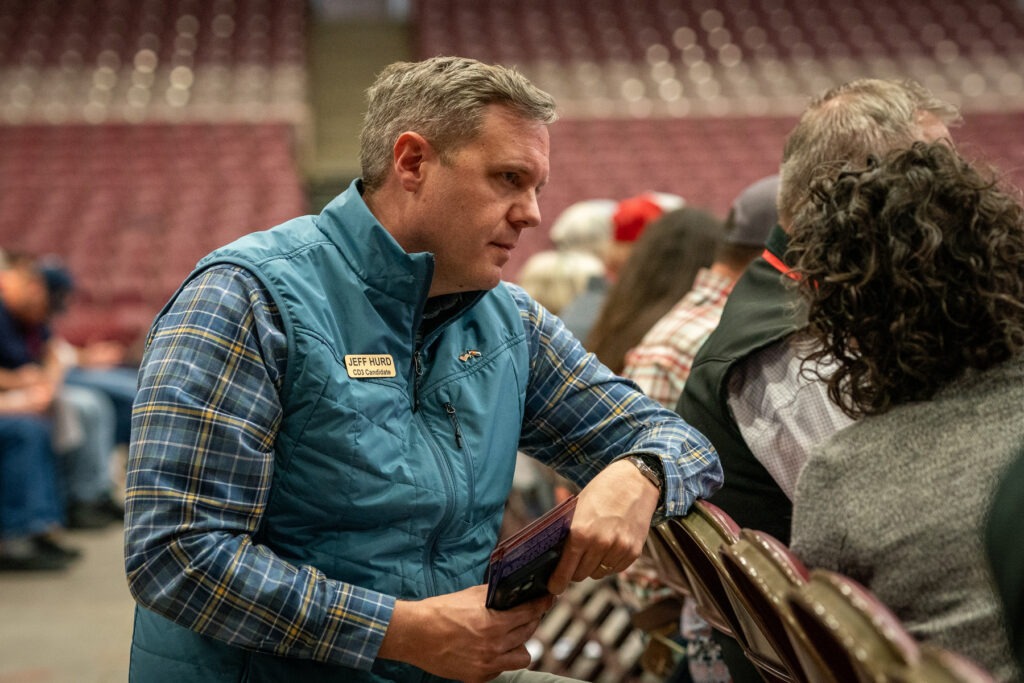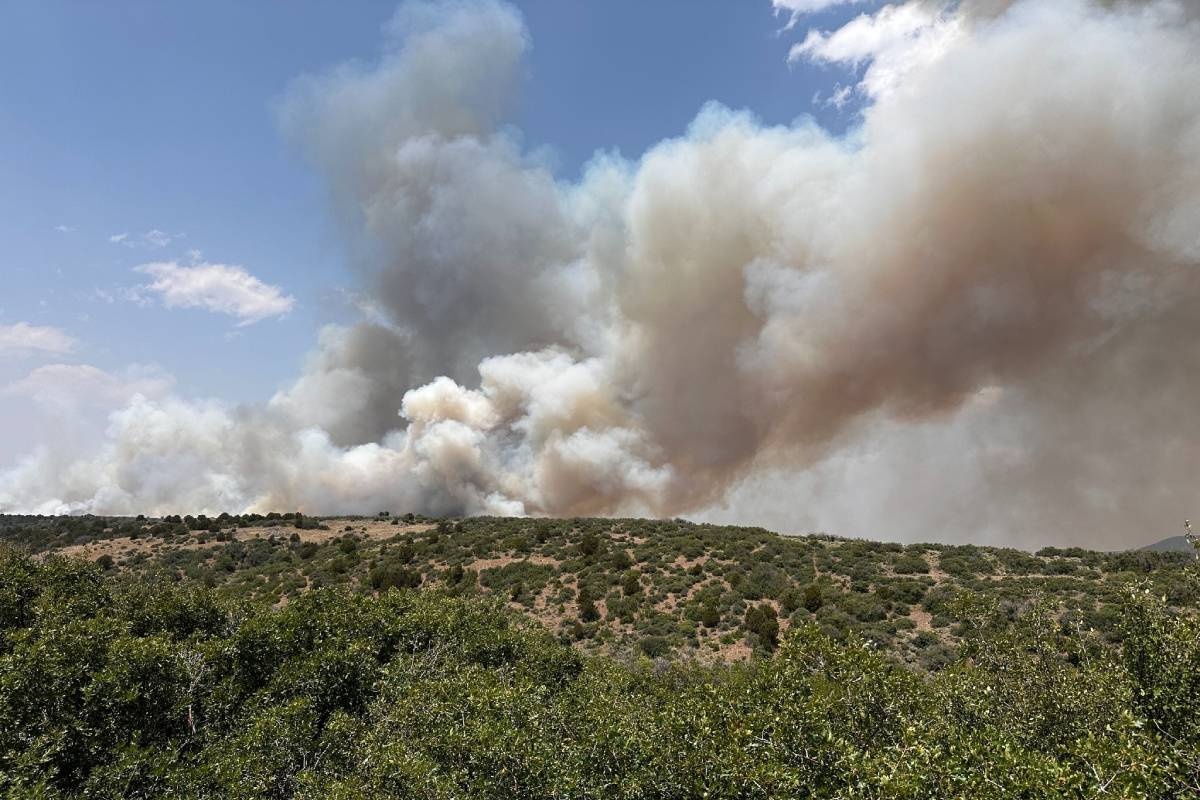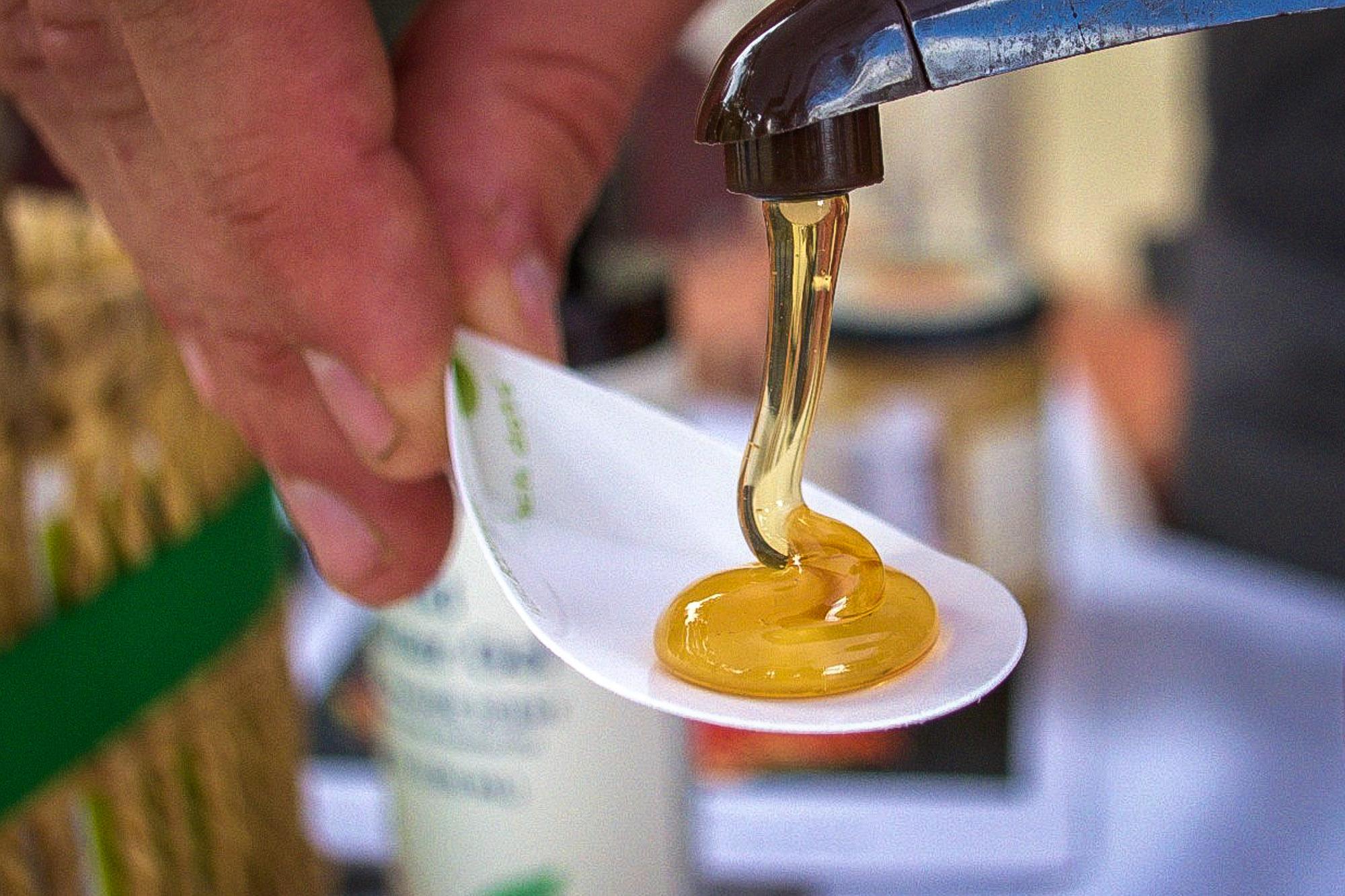
I’m the kind of person who buys her honey from King Soopers in the plastic bottle shaped like a bear. It sits on the cupboard for about a decade until it gets all crusty and hard.
Wine is fine in a box. You know, that kind of person. I’m not the most discerning when it comes to the finer things.
But with National Pollinator Week just last week — a celebration of all those awesome creatures like bees that pollinate crops and keep us alive — I couldn’t miss a chance to visit a honey tasting at Knapp Harvest in mountainous Eagle, Colorado, to learn more about the state’s bee colonies and what the heck a honey sommelier is.
Bees make the world go 'round
But first, I had to ground myself in bees — and they are fascinating. These phenomenal creatures have a multitude of talents – not the least of which is making at least 17 flavors of honey in Colorado (about 300 in the country.) There’s Tupelo, buckwheat, clover, fireweed, sage, orange blossom, wildflower and lavender honey — more than 3,000 varieties worldwide.
Here are just a couple factoids I learned.
They build honeycombs in the shape of a hexagon because it’s the most architecturally sound form.
One way a bee communicates to her buddies about where a food source is by performing a waggle dance in a figure eight that tells her fellow bees the exact coordinates, in relation to the sun, to find food, including the distance to the food source.
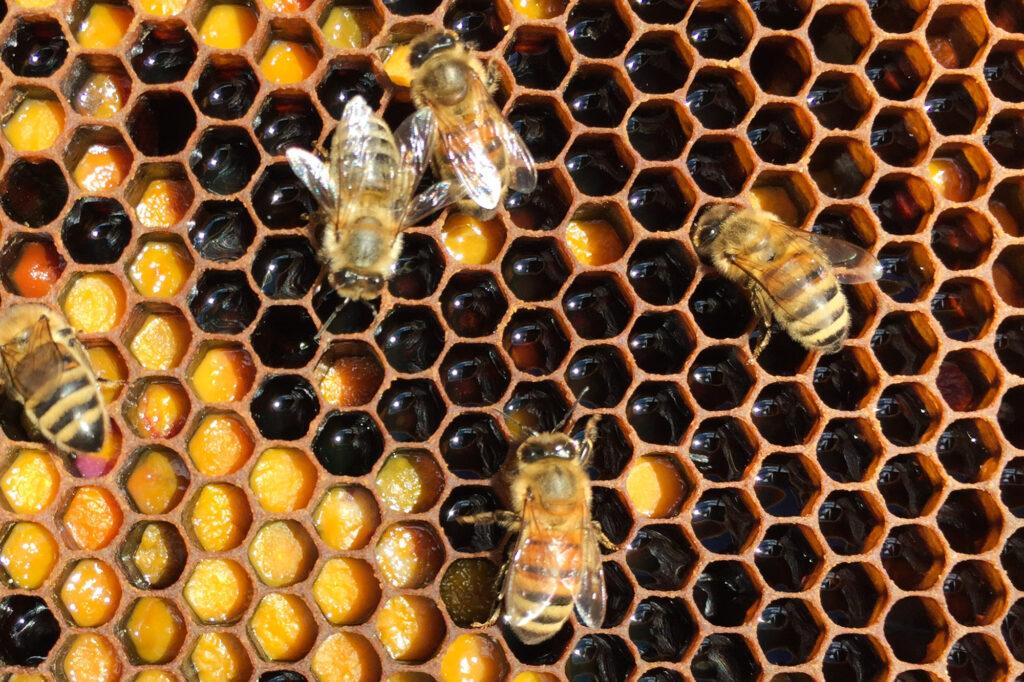
“It’s incredible, you could have one bee one day at my house, and the next day I’ve got over 40 so she told her sisters to come over and have my lavender buffet,” laughed Carmen Weiland, Knapp Nectar’s director of operations, master beekeeper and honey taster.
The female bee lives close to six weeks. For the bulk of her life, she tends to the queen and a million other tasks. In the last couple of weeks in her life, she forages sun-up to sun-down, carrying nectar back to the hive. It takes 556 female worker bees to gather 1 pound of honey, more than 2 million visits to flowers and 50,000 flight miles per gallon, Weiland said.
“So, one bee, in her lifetime, will only make one-twelfth of a teaspoon of honey,” she said.
In the Knapp Harvest store — as I make my way past the honey-based creams, soaps and honey jars from bee colonies across Colorado — I learned even more. Like if the queen bee is too aggressive, which makes all the other bees cranky, Weiland said you can squash her and you can order a new one online for $40.
Weiland got her own start in beekeeping when an opening for a beekeeper with her employer Knapp Ranch came up.
Her uncle in the German Alps was a beekeeper so the profession had always intrigued her. Weiland then trained in Slovenia, one of the top beekeeping countries in the world. She’s now pursuing a master’s in beekeeping from Cornell University.
Weiland keeps 22 bee hives (drought conditions pushed them off of Knapp Ranch’s high-altitude farm in Edwards) but she also sources honey from beekeepers across Colorado and the U.S. The more Weiland read about bees, the more fascinating they became.
“Every fact that I can put my hand on, it’s the biggest rabbit hole that I’ve ever dove into,” she said.
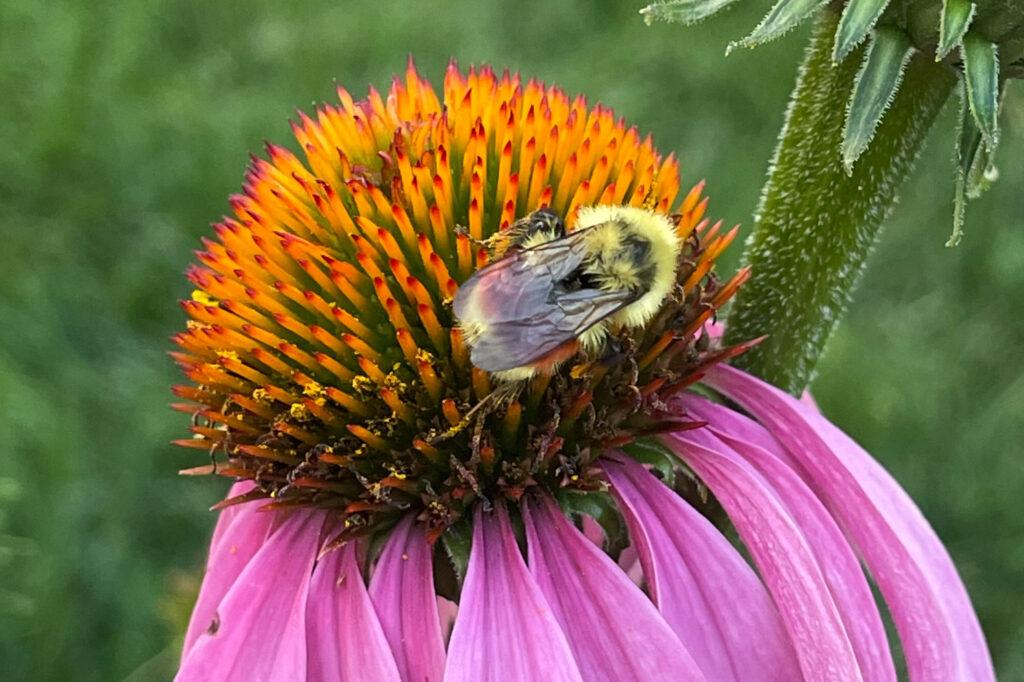
Weiland has a deep love of bees. She’s adopted the more intimate European way of referring to bees — mother, daughter, father — instead of the American monikers of queen, drone, and worker, “and I always refer to my bees as my girls. I’m always like, ‘Oh, I’m going to go visit my girls today.’”
Another crazy fact. Weiland is allergic to honey.
“I would break out in hives when I ate honey,” she said. But her allergy is getting better. She eats Slovenian dew honey, from dew drops on trees, daily to desensitize herself. She doesn’t break out in hives like she used to.
She’s still able to perform honey tasting duties but said she’s not at the level of European sommeliers, where distinguishing honey's flavor profile, scent and smell and feel in the mouth is a serious art form.
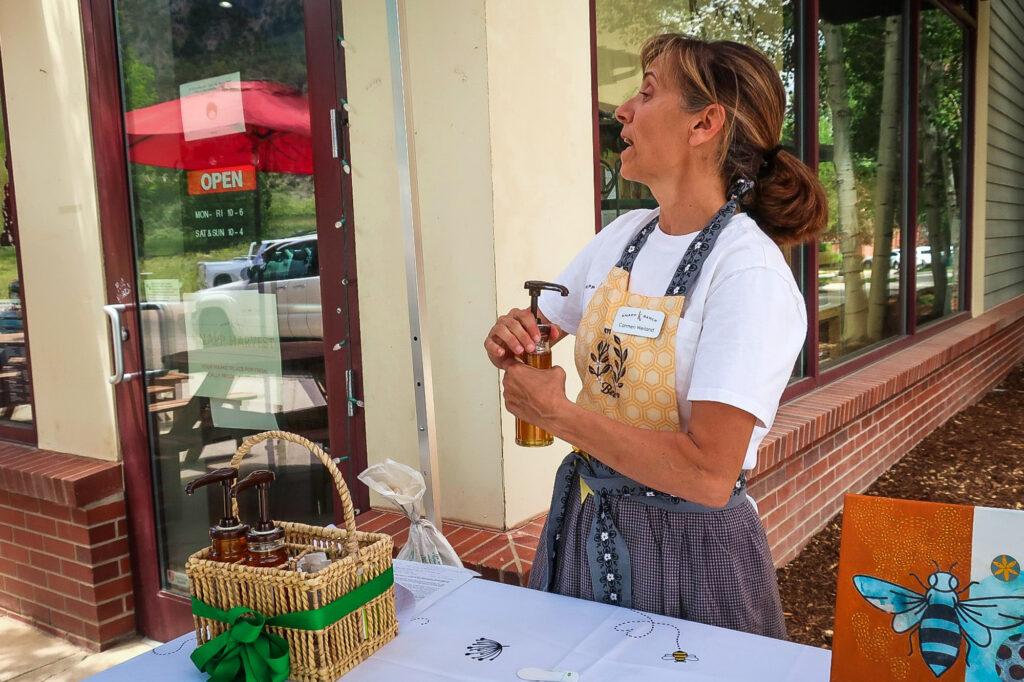
So now, the honey. Why are there so many different flavors?
Let’s say a honey bee stops off at a lavender shrub. She goes in, slurps up the nectar, churns it up in her special honey stomach (as opposed to her other stomach) mixing it with enzymes that break it down into simple sugars.
Let’s say she then swings by a berry bush and does the same. She spits that mixture out into another bee and then that bee passes it on to another and so on. This makes the mixture thicker and stickier.
Once the nectar is packed magically into a cell in the beeswax honeycomb, the bees flap their wings furiously, evaporating the water content from about 80 percent to around 17 percent. There’s your sweet and sticky lavender and berry honey.
Each different honey reflects the flowers or bushes the bees drank from.
“So, wildflower (honey) from Colorado is going to taste different from wildflower from the East Coast or the Pacific Northwest,” she said. “Between the floral, the bitter, the salty, the smoky, there’s so many different flavors of honey. There’s one that tastes like roasted marshmallows … it’s crazy.”
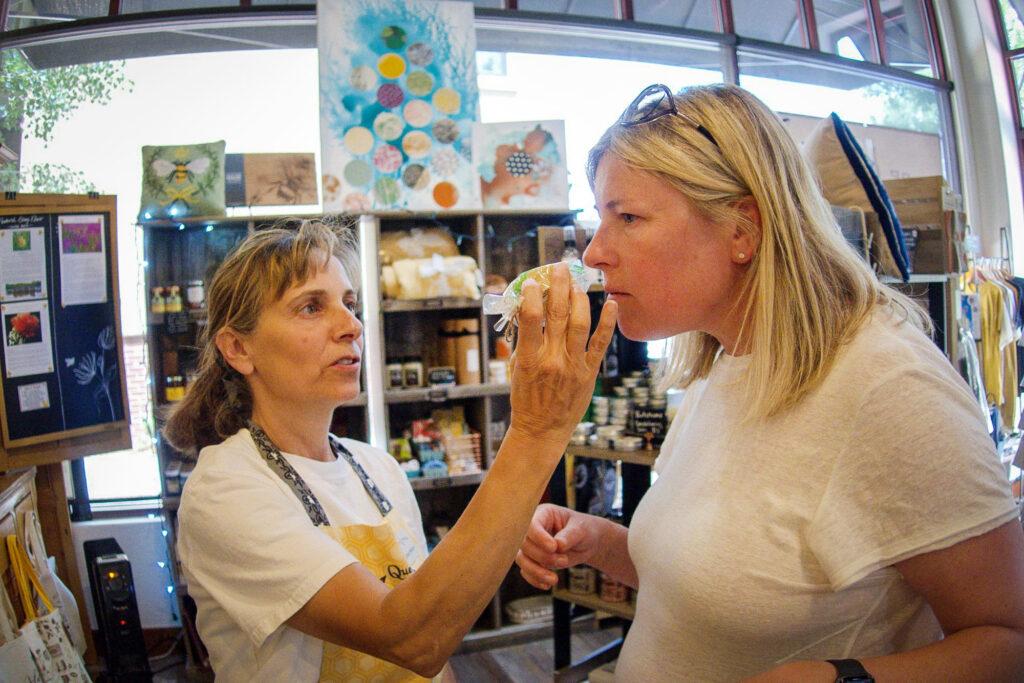
'So, do you guys want to try some honey?'
Weiland offers up samples of the store’s three top-selling honeys to the Sheridan family visiting the mountains from Oregon. First, they taste Fireweed honey from Trapper’s Lake, Colorado. Weiland squeezes out about half a teaspoon on a little paper tab, and 12-year-old Lucas Sheridan gobbles it down.
“It was very delicious,” he declares.
It’s not necessary to use fancy adjectives when tasting honey. But master honey tasters describe this honey as light, flowery with subtle tea-like notes and a nice buttery finish.
Fireweed is on the American Honey Tasting Society’s “top five honeys to try before you die” list (see below). Weiland then serves the family a Colorado wildflower blend, wildflowers from Gypsum to Lake Creek.
“That’s got a little … not spice, but a bite, and it’s a little bitter maybe,” said Kirsten Sheridan.
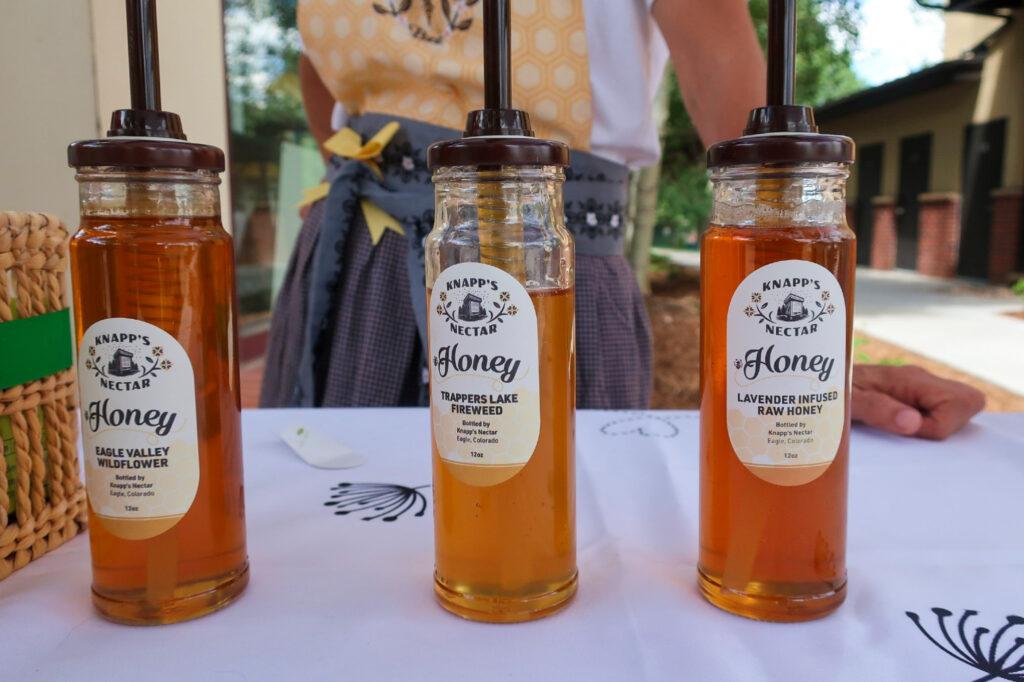
“There’s a lot of rabbitbrush in this,” explains Weiland. “So, the rabbitbrush gives it a little more malty taste,” she said. It’s a darker honey that people often use for baking.
Here’s Lucas’ assessment: “It kind of tasted like a flower petal, not like a gross flower petal, but a really nice flower petal.”
The family concludes this raw honey has a lot more flavor, and is more vibrant, than store-bought honey. Weiland explains that a lot of grocery store honey has been pasteurized, heated to over 160 degrees.
“You never want to heat honey over 105 degrees or you lose all of its beneficial enzymes and minerals. So, once it’s pasteurized, you’re just eating sugar at that point.”
She said regular grocery store-bought honey is the No. 1 adulterated food in the world, often mixed with rice syrup. Raw honey from a beekeeper is healthy — it’s used as an anti-inflammatory, anti-oxidant, anti-bacterial, and is even used to treat coughs and wounds.
In fact, Weiland is developing a cream with a local cancer center that is showing promising results in soothing and healing radiation burns. And yeah, for the foodies out there, there are more ways to eat honey than with peanut butter.
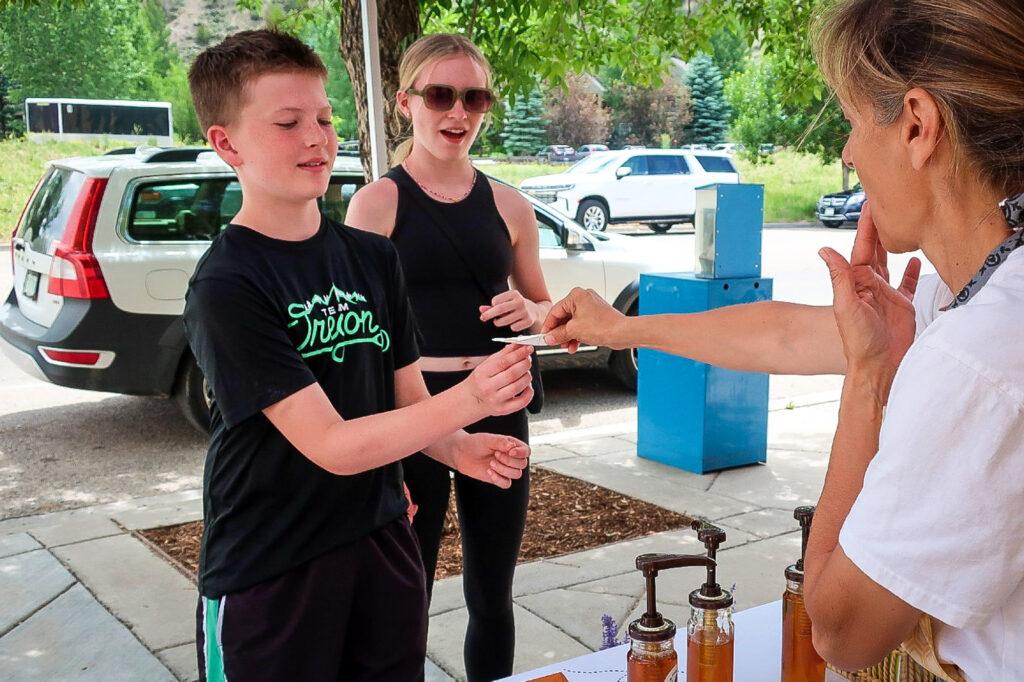
You can use honey to make granola, switch out syrup with honey on your pancakes and other breakfast delicacies, drizzle honey on cheese, fruit and nuts, roasted vegetables and overcooked salmon, or put it in your coffee. Try combining crackers, spicy salami, horseradish cheddar and honey on a charcuterie board.
“That sweet, savory thing, it’s just wonderful,” said Knapp Ranch’s Cary Hogan.
The Sheridan family rounds out their tasting with a lavender-infused honey. And yeah, I got to try some too.
And, wow, the honey was thick and sweet — and laced with a distinctive lavender taste. How's that for honey sommelier vernacular? I can tell you it tasted 100 times better than the years-old honey in the bear bottle in my pantry. I think it even made my breath smell good.
Oh, one last thing, said Weiland: Be good to the bees. Don’t spray your yard with pesticides. Plant drought-resistant pollinator plants like Russian sage. Leave the dandelions until they go to seed. And try some new honeys.
Five honeys to try before you die
The American Honey Association named five honeys to try before you die.
- Fireweed honey comes from the magenta fireweed plant, the first to take root in places ravaged by wildfire. It is light amber in color with a greenish hue, with a delicate, sweet taste and buttery finish. Beekeepers call it the champagne of honey because of its fine, crystalline texture.
- Sourwood honey comes from sourwood trees, grown mainly in the Appalachian mountain region. It’s described as tasting like buttery caramel, with a beautiful amber color and an aftertaste of a slight twang like gingerbread. It smells like cinnamon and cloves, or “complex warm notes of anise, molasses and licorice.”
- Leatherwood honey comes from Leatherwood trees from the rainforest of Tasmania. “Balsamic notes mingle with licorice, damp wood and evergreen,” reads one description.
- Ohi’a Lehua blossom honey of Hawaii is a white honey that is much like a stiff cream that radiates earthy vanilla and mushroom flavors.
- Corbezzolo honey is harvested from the strawberry tree on the island of Sardinia in Italy. It has a medium amber color, “with strong bitter notes meeting pleasant coffee, and smoky ashes,” says the American Honey Tasting Society.
